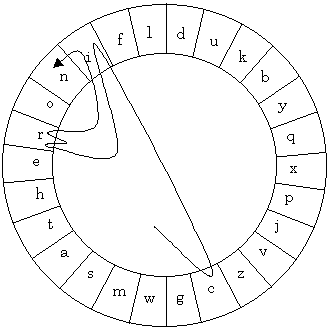Reference Information
Title: Emotional Design
Authors: Donald Norman
Title: Emotional Design
Authors: Donald Norman
Publisher: Basic Books 2006
Summary
In the open Chapter of this book, Donald Norman discusses why attractive things just work better. He explains that positive emotions help boost work ethic due to morale. He talks alot about creativity being influenced through happy thoughts He explains that there are three levels of processing: visceral, behavioral, and reflective.The second chapter deals more with Norman's discussion on processing. He discusses the different levels of processing and how they are able to relate to each other. He discusses more about reflective design (reasoning, interpreting, understanding), visceral design (impact of the product), and behavioral (use and experience)
The third chapter also dicusses the 3 different levels of design. Behavioral design is mostly centered around function and usability. Visceral deigns place more importance on how the product appears in the physical space. The basic look and feel of things is important to visceral designers. Finally, the reflective design places its importance on if the product is easy to use based on it's looks
Discussion
I kinda liked this book from Norman. Opoosite view from our other reading from him, The Design of Everyday Things. Norman does a very good job of giving the reader a real life example to help them relate to the topic at hand. Some authors do not explain things clearly and cause readers to do outside research to try and understand what is going on





